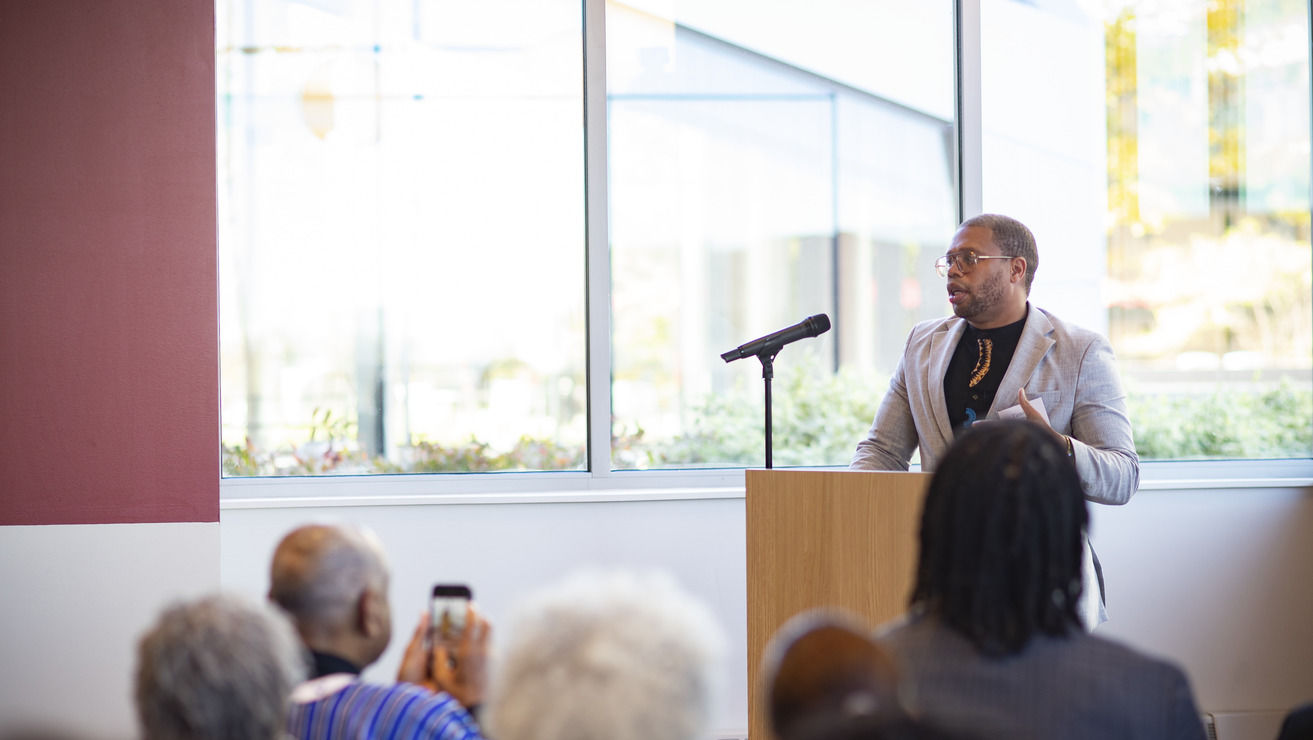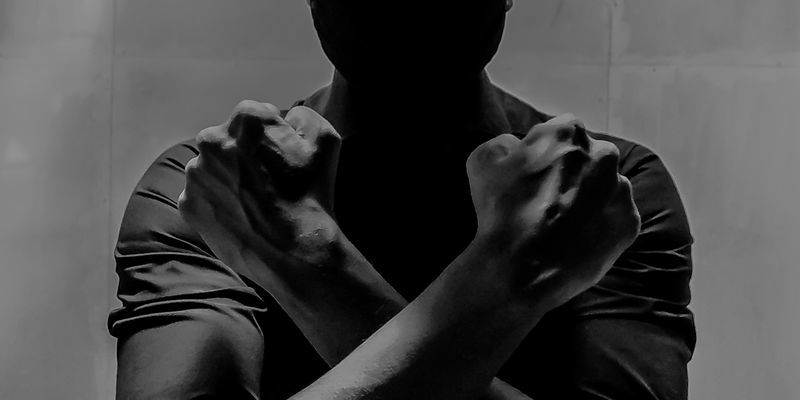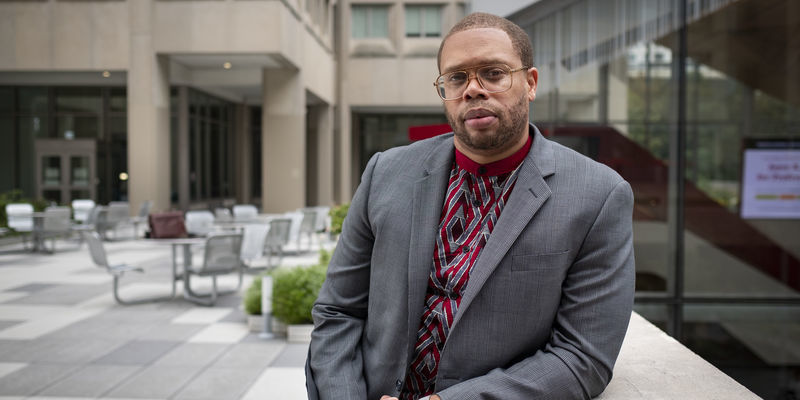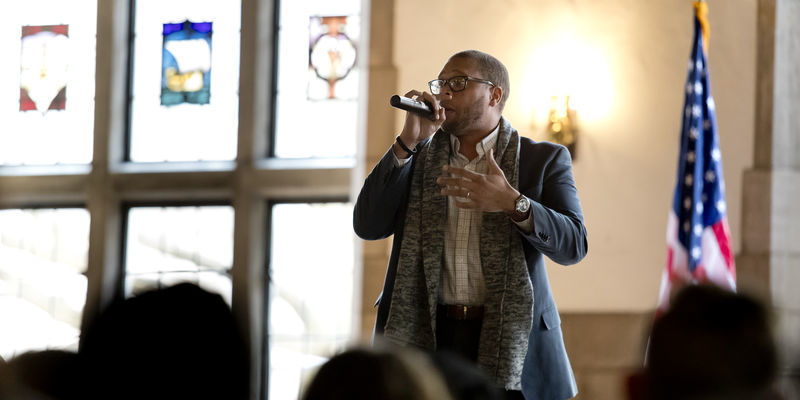Temple University’s Center for Anti-Racism holds grand opening
The new center serves as the centerpiece of Temple’s anti-racist efforts.

Temple University is now home to a center that seeks to solve problems of racial inequity and injustice.
On Nov. 14, Temple hosted the grand opening of its new Center for Anti-Racism. More than 200 people packed the event held on Monday at Room 140 in Mazur Hall. The center’s vision was spawned two years ago by Professor Molefi Kete Asante and other members of the Temple community following the murders of George Floyd and Breonna Taylor.
In his address, Welbeck cited the case of Breonna Taylor, who was killed in 2020 by police in a botched home raid.
“Breonna Taylor was a superhero. She was a first responder risking her life to keep people alive during the historic pandemic,” Welbeck stated. “I say her name this morning because her death along with the deaths of countless others spawned a movement that led to this day.”
The center will be the centerpiece of Temple’s anti-racism efforts.
“It will be a hub of collaboration across the university as we seek to create scholarship that will shape the course of the discourse and help us better understand what racism is, how it reveals itself and how we can better fight against it,” explained Welbeck, a civil rights attorney and professor in the Department of Africology and African American Studies. “We will inform, educate and empower the public to join us in this fight.”
“The American nation was born with two birth defects. One was the genocide of the indigenous people and the other was the enslavement of the African people,” Asante said during the center’s opening. “This center really represents an incredible advance at Temple in many ways.”
He emphasized that the center will also work against antisemitism, the anti-LGBTQ faction and attacks on Black women specifically.
Various dignitaries were in attendance for the occasion, including Temple President Jason Wingard; former Temple President Richard Englert; Provost Greg Mandel; Vice President of Diversity, Equity and Inclusion Valerie Harrison; Associate Professor of Theater, Film and Media Arts Kimmika Williams-Witherspoon; Pennsylvania State Representative Malcolm Kenyatta (D-181); Pennsylvania State Senator Sharif Street (D-Philadelphia); and center Director Timothy N. Welbeck.
President Wingard addressed how the center aligns with priorities outlined in the university’s strategic plan.
“Some of those priorities include providing value for all students, leading to exceptional success and accelerating commitment to impactful civic engagement and future-oriented thought leadership,” he said. “Each of these strategic priorities are going to be advanced by a wide variety of initiatives that will be led by the Center for Anti-Racism’s work.
“The center is all about supporting cutting edge scholarship,” Wingard continued. “It’s about fortifying the public’s understanding of racism and it will implement initiatives designed to mitigate the impact of racism in our communities.”
Rep. Kenyatta and Sen. Street were instrumental in securing $1.3 million in state funding for the center’s construction.
“We are in a moment right now where there are other universities who made similar commitments to engage in work against racism who are going in the other direction, who are going back on the promises and commitments that they made,” Kenyatta stated. “Instead, what you see here is a university charging forward, taking on questions of the past, the present and future and crafting real solutions to these ongoing challenges.”
Attendees were encouraged to sign an anti-racism pledge board on display at the center’s entrance.
“The center opening was an inspirational gathering of university administrators, faculty, students, neighbors and legislators—all with a unified purpose—to unapologetically stand against bigotry and hatred,” Harrison said.
The center’s launch was lauded by Janeane Moses, a longtime North Philadelphia resident.
“As huge and diversified as Temple is, that is something that should have been there years ago because it’s definitely needed to bridge the gap in the community,” she said.


